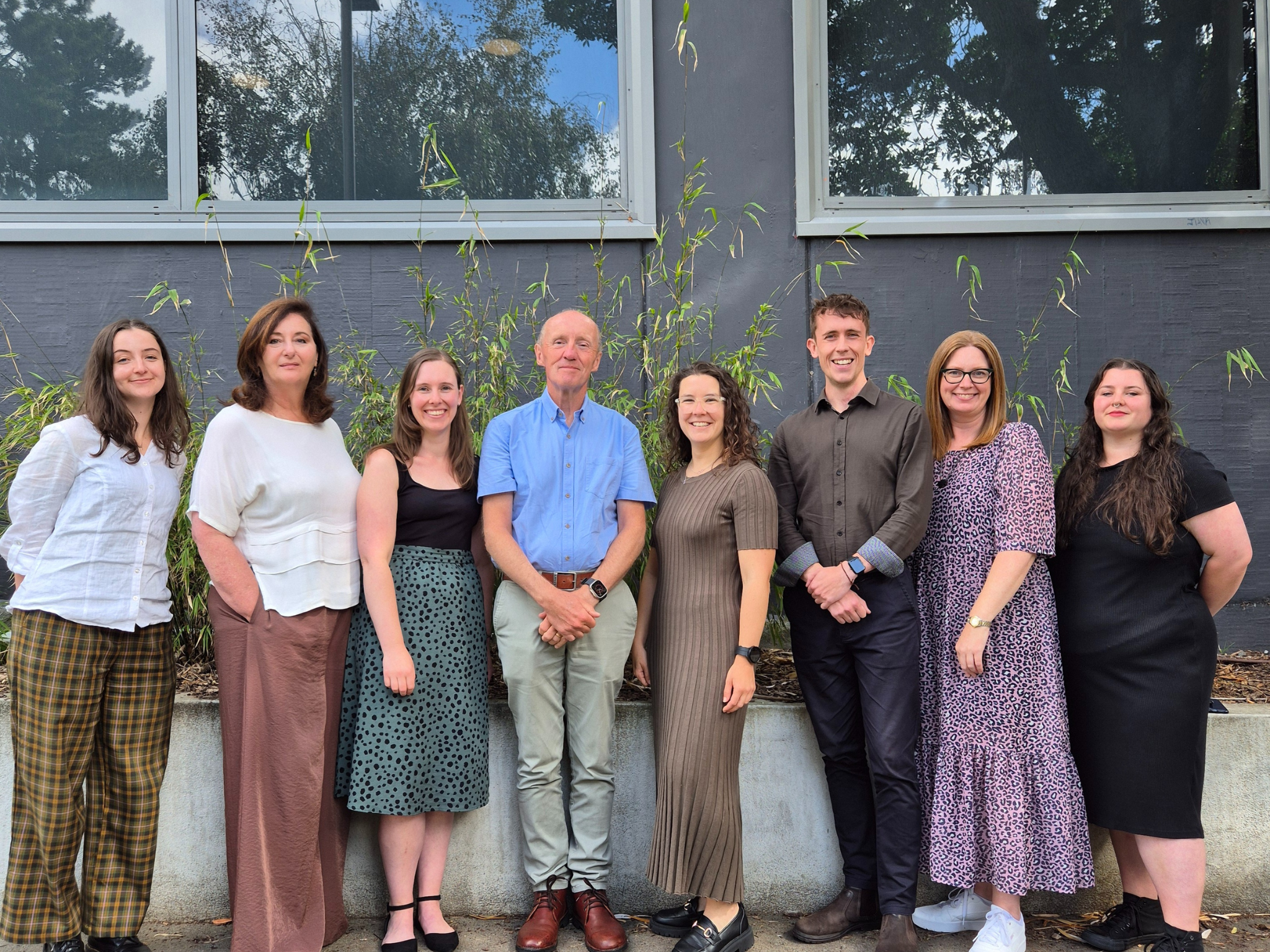Wellington Eye Centre’s Ophthalmologist
If you’ve ever looked into the possibility of having laser eye surgery, it’s likely you’ve heard of LASIK. LASIK is the most common laser eye surgery procedure here in New Zealand and worldwide. Laser eye surgery is used to reduce or eliminate the need for glasses or contact lenses by correcting focusing errors in the eye and has been carried out worldwide since the early 1990s. The first LASIK surgery was in 1990 and has been the most popular procedure ever since!
Our laser eye surgeon, Dr Andrew Logan, wrote this article on everything you need to know about LASIK eye surgery. It’s full of interesting, useful information, so have a read and get in touch if you have any further questions!
Why and when was LASIK developed?
PRK was the first laser eye surgery procedure to be introduced, with the first patients treated in 1987. FDA approved PRK in the United States in 1995. PRK proved to be a safe and successful procedure for the treatment of moderate degrees of short sight and astigmatism. But the results were not quite as good for high degrees of short sight and long sight.
This led to the development of LASIK surgery, an alternative to PRK.
LASIK was found to provide excellent outcomes for most patients with short sight, long sight and patients with astigmatism. It rapidly became the most popular procedure for laser eye surgery, because of the fast visual recovery and minimal postoperative pain. The FDA approved LASIK in 1998. Dr Andrew Logan, the medical director and founder of the Wellington Eye Centre, was the first ophthalmologist in Australasia to have laser eye surgery carried out on his own eyes. He had LASIK eye surgery performed in 1995 and he has not needed glasses since!
The Wellington Eye Centre, was the second laser eye surgery clinic set up in New Zealand in 1994. Initially performing PRK surgery. We became the first laser clinic in New Zealand to carry out LASIK, over a year before any other clinic. And we were also the first clinic in New Zealand to carry out SMILE® surgery in 2013 – over two years before the next clinic. To put it simply: we’ve been around for a while!
What happens in LASIK eye surgery?
All laser eye surgery procedures work by changing the curvature of the cornea (the front surface of the eye). Short sight is corrected by flattening the cornea, while long sight is corrected by making the cornea steeper. An excimer laser reshapes the cornea by very precisely and accurately removing minute amounts of corneal tissue. LASIK eye surgery is performed “under the surface of the cornea”. Because of this, the front surface of the cornea doesn’t have the need to heal. So visual recovery is quicker than with PRK, which treats the very front surface of the eye. There is also very little postoperative pain or discomfort with LASIK eye surgery – generally visual recovery takes 24-48 hours.
What laser performs LASIK?
LASIK eye surgery uses two different lasers, the excimer laser, the same laser as PRK surgery, and a femtosecond laser. The Wellington Eye Centre uses the MEL 90 excimer laser by Carl Zeiss Meditec. We also use a VisuMax® femtosecond laser manufactured by Carl Zeiss Meditec AG. This is the fastest and most precise femtosecond laser available.
LASIK eye surgery is just two quick steps – the actual procedure takes less than 6 minutes per eye. During laser eye surgery, you lie on an operating bed which can move between the two lasers during the procedure.
What happens during LASIK eye surgery?
Here’s how a typical LASIK procedure would work:
- We use anaesthetic eye drops to completely numb the surface of your eye – no needles or injections! LASIK surgery is painless although there can be a feeling of pressure or movement. After the eye has been anaesthetised, the eyelids and area around the eyelids are cleaned using an antiseptic.
- The VisuMax laser is first used to create a very thin flap of corneal tissue. This flap is then lifted out of the way, and the tissue underneath is reshaped using the excimer laser. The flap is then repositioned and medicated eye drops are placed on the eye.
Below is a visual of what happens during a LASIK procedure:
Your eyes aren’t covered with a bandage after the surgery and you’re able to see well enough to move around without difficulty immediately after. Although you won’t be able to see clearly your vision will get slightly better over the course of the day. Most people having laser eye surgery at the Wellington Eye Centre can leave the clinic 15 to 20 minutes after the procedure. For the rest of the day, your eyes will be mildly scratchy and uncomfortable. By the next morning, your vision should be clear, and most people are able to read their bedside clock and use their smartphone – without glasses! By this time, you should only have minimal discomfort or scratchiness in your eyes.
We provide over-the-counter pain medication to manage any discomfort, so you should be quite comfortable while your eyes recover.
Is LASIK suitable for you?
Most people who wear glasses or contact lenses can be successfully treated with LASIK eye surgery to eliminate or substantially reduce the need for optical correction, AKA the need for glasses or contact lenses. Usually, if you have normal corrected vision in both eyes while wearing contacts or glasses and you’re reasonably healthy, you should be a good candidate for LASIK eye surgery.
If you decide to have LASIK eye surgery at the Wellington Eye Centre, you will have a comprehensive and thorough medical examination carried out. This will ensure you’re a good candidate for LASIK, or if another surgery is more suitable. Prior to this, you may have a free laser suitability assessment carried out. During this, we will determine whether you’re likely to be a good candidate for any of the laser eye surgery procedures, before proceeding to the full medical examination. Some pre-existing conditions will mean you’re unsuitable for laser eye surgery. During your medical or free assessment, we are checking for any conditions which may prevent you from having laser eye surgery.
What makes you unsuitable for laser eye surgery?
The following conditions will usually (but not always) mean you’re unsuitable for LASIK, PRK or SMILE:
- Poor corrected vision with glasses or contact lenses in one or both eyes
- Keratoconus (conical cornea)
- Previous severe eye injury or corneal infection
- Previous corneal transplant (keratoplasty)
- A history of previous cold sores (herpes simplex) in the eye
- Very thin corneas
- During pregnancy or breastfeeding
- Severe dry eye symptoms
- Autoimmune diseases such as rheumatoid arthritis
While this list seems daunting, most people who wish to have laser eye surgery performed can be treated successfully and safely.
Will vision correction be permanent?
Laser eye surgery, such as LASIK, is a significant investment in your well-being. Many people are concerned that they may only get a few years of good vision from LASIK surgery before they need to return to wearing glasses. This is not the case. We even wrote a blog article dedicated to whether or not laser eye surgery can save you money!
I, Andrew Logan, had LASIK surgery performed on me in 1995; I can still see very well in the distance and can also read easily at close distances. LASIK surgery is probably the most intensively researched surgical procedure that is carried out on human beings, with many thousands of medical research papers having been published on the safety and long-term outcomes of the procedure over the last 30 years. We now know that people who have had LASIK surgery can expect to maintain excellent vision without any significant change over the long term. However, there are a couple of situations where vision can change over time.
Progression of short sight (myopia)
Firstly, short-sight which develops in the teenage years can get progressively worse for some time. For those with significant short sight, this increase tends to be more marked and continue for a longer period.
This has two consequences; if you’re very shortsighted, your degree of short sight may continue to increase over time and this process can continue after you have had LASIK surgery. While you could have a retreatment in the future to deal with any increase in your short sight, if your short sight has been getting worse over the last couple of years, you’re probably better to defer having LASIK or other laser eye surgery performed until your vision has stabilised. If you’re young, in your late teens or early 20s, your short-sightedness (myopia) may also increase over time. You should not have laser eye surgery performed if your vision has changed at all in the last couple of years.
Presbyopia: age-related long-sightedness
The other situation where vision can change after laser eye surgery occurs when people reach middle age. Once a person reaches their early 40s, their ability to focus at close distances generally starts to deteriorate, and they develop presbyopia. This deterioration progresses up to the age of about 60 – hence people get reading glasses after middle age. This process occurs in anybody who lives past the age of 40 or so and has nothing to do with laser eye surgery.
It’s important to understand that distance vision would not normally deteriorate even though close vision is getting worse. Many people who have had previous laser eye surgery to improve distance vision when they were in their 20s, are now having a second surgery to reduce the need for reading glasses, while still maintaining excellent distance vision.
How long is the recovery after LASIK?
Recovery of vision after LASIK eye surgery is fast. As a personal anecdote, when I had LASIK surgery performed many years ago, I had to go to Maroochydore, Australia. I was the only eye surgeon in New Zealand doing LASIK at the time and I realised it was impractical to do surgery on my own eyes! Each eye was treated separately, one day after the other, that was what was done back then. I had my surgeries performed in the morning and I spent my afternoons sitting on the balcony of my hotel room watching car number plates slowly become clearer and more focused.
The day after LASIK surgery on my second eye, I went out to the beach and could clearly see the details of ships on the horizon. After wearing glasses constantly for the previous 25 years, it was an amazing experience to be able to see perfectly. I will always be grateful for being able to have this done. The first thing I did was buy my first pair of non-prescription sunglasses! I flew back to New Zealand a day later and was safely and happily performing cataract surgery and corneal transplant surgery four days later.
What is the recovery for LASIK like?
Immediately after the procedure, vision is quite cloudy, although you can see well enough to get around. Your vision will get slowly better over the course of the day after the procedure, and the eyes can be moderately scratchy and uncomfortable for the rest of the day. By the time you wake up the next morning, you would likely be seeing quite clearly and should be able to get back to most normal activities within 36 hours or less. Although we do recommend that you take a few days off work, particularly if you are on screens a lot.
During the first week or so after LASIK, your vision can be a bit variable with a slight loss of crispness and sharpness of vision. This may cause difficulties with computer work and reading at first. You shouldn’t drive within the first 48 hours. At the Wellington Eye Centre, we have our patients use medicated drops for the first week after LASIK, and artificial tears are used regularly for the first month. We also ask our patients to keep water and contaminants, like eye shadow and mascara, out of their eyes for three weeks after the procedure.
LASIK versus SMILE – which is better?
This is like asking which is better – oranges or bananas? The answer is – it depends. They are both excellent procedures, but each has it’s own advantages. LASIK has been a laser eye surgery procedure for over 30 years with proven excellent long-term outcomes and safety. SMILE is a much newer procedure, although it’s been in clinics like the Wellington Eye Centre since 2014. The number of SMILE procedures worldwide is increasing exponentially. Over 2 million SMILE surgeries have now been performed! A large and growing number of research papers comparing LASIK to SMILE surgery are now available. Based on these papers, we know several things about the differences and similarities between LASIK and SMILE:
- Visual outcomes for SMILE are at least as good as with LASIK
- Dry eye symptoms are less after SMILE than after LASIK
- Vision correction for high myopia is more stable and predictable for SMILE compared to LASIK
- SMILE is currently only available for those with short sight.
- Both LASIK and SMILE can correct astigmatism.
- If you’re over the age of 40 and want to have good distance vision and good reading vision, you should consider PRESBYOND Laser Blended Vision surgery. This is only available if you have LASIK surgery performed with the MEL 90 laser.
- If you’re short-sighted and are exposed to a higher risk of eye trauma in your lifestyle, you’re probably better to have SMILE laser eye surgery. In SMILE surgery there’s no corneal flap, which could get torn off if you had a significant eye injury. This is particularly relevant to people in the police, armed forces, martial arts and contact sports, where there is an increased risk of eye injuries.
Basically, both SMILE and LASIK are excellent procedures with good visual outcomes. One procedure may be preferable over the other depending on your situation.
Want to find out if LASIK may be right for you?
If you’re interested in hearing more about laser eye surgery and want to know if LASIK would be the right procedure for you, come in for a free laser suitability assessment at the Wellington Eye Centre. We also offer free assessments at our Napier or Nelson clinics. We’ll give you some more information, assess your eyes and determine whether or not laser eye surgery could be the right solution for you. Alternatively, if you’re short on time you could take our quick suitability quiz first.
SMILE® and VisuMax® are registered trademarks of Carl Zeiss Meditec.
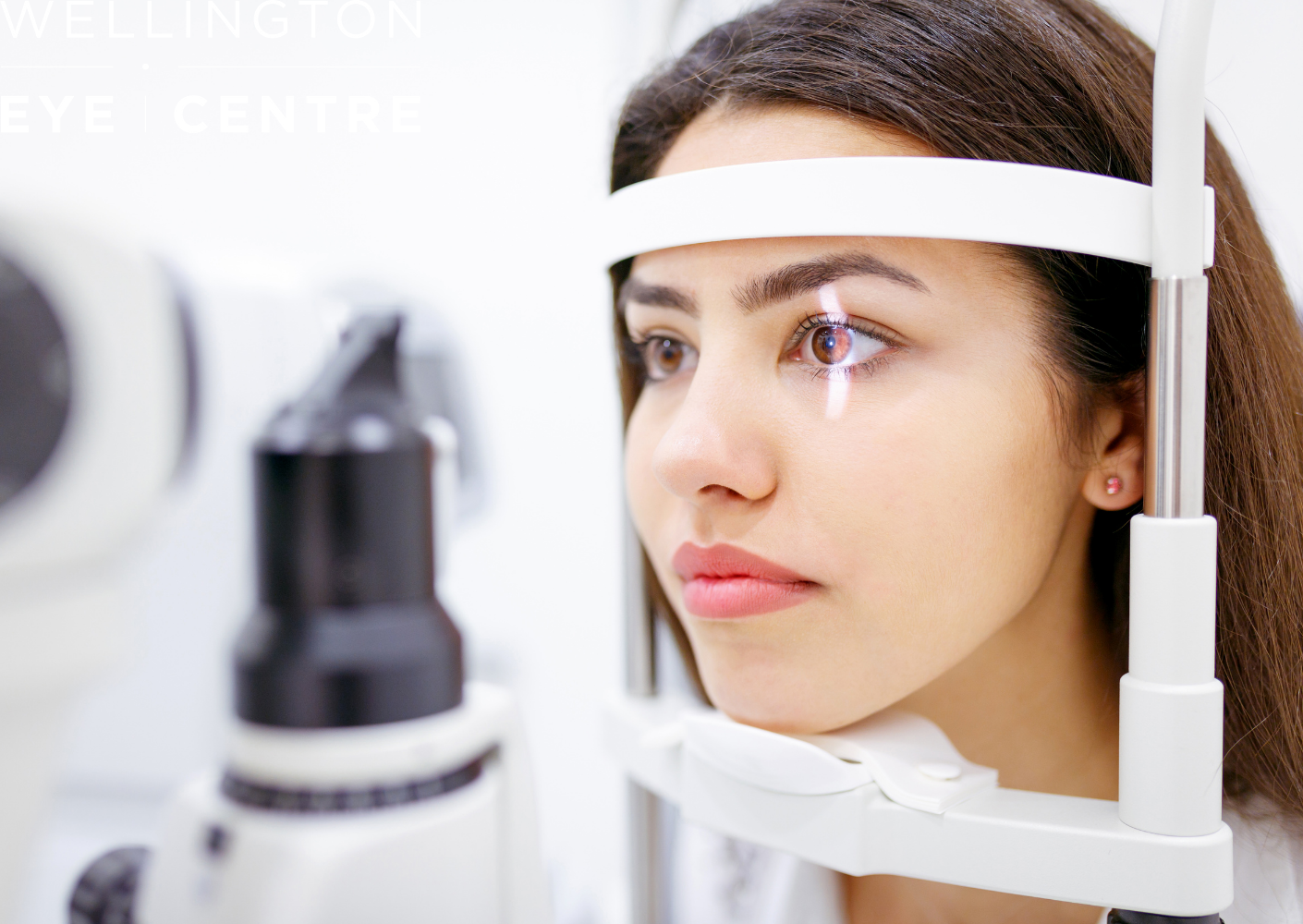
What to expect during your Laser Suitability Medical Assessment at Wellington Eye Centre

Common Medications Used in Laser Eye Surgery
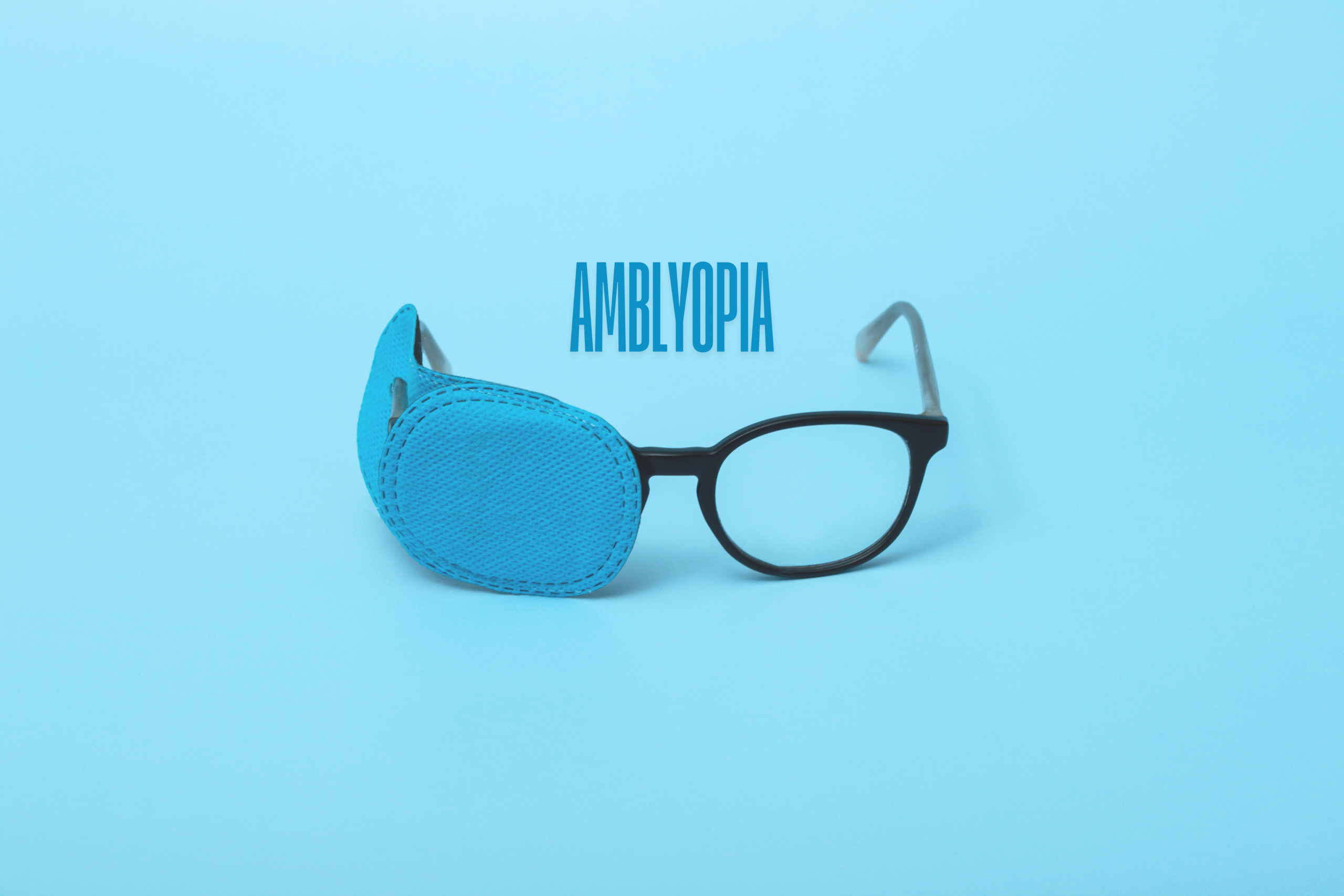
Amblyopia and Laser Eye Surgery

How Much Does Laser Eye Surgery Cost in 2025?
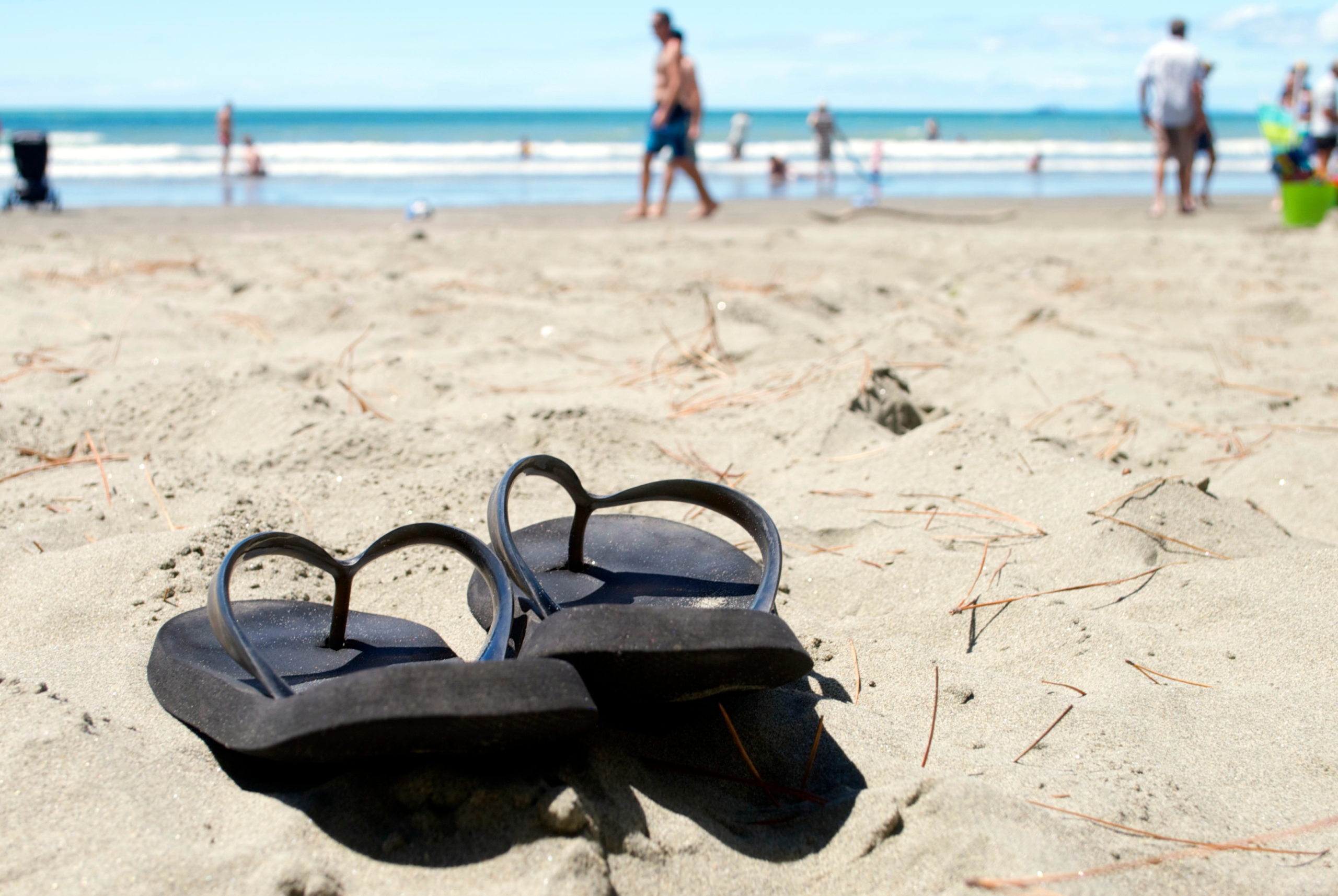
SMILE into Summer

What to expect during your Laser Suitability Medical Assessment at Wellington Eye Centre
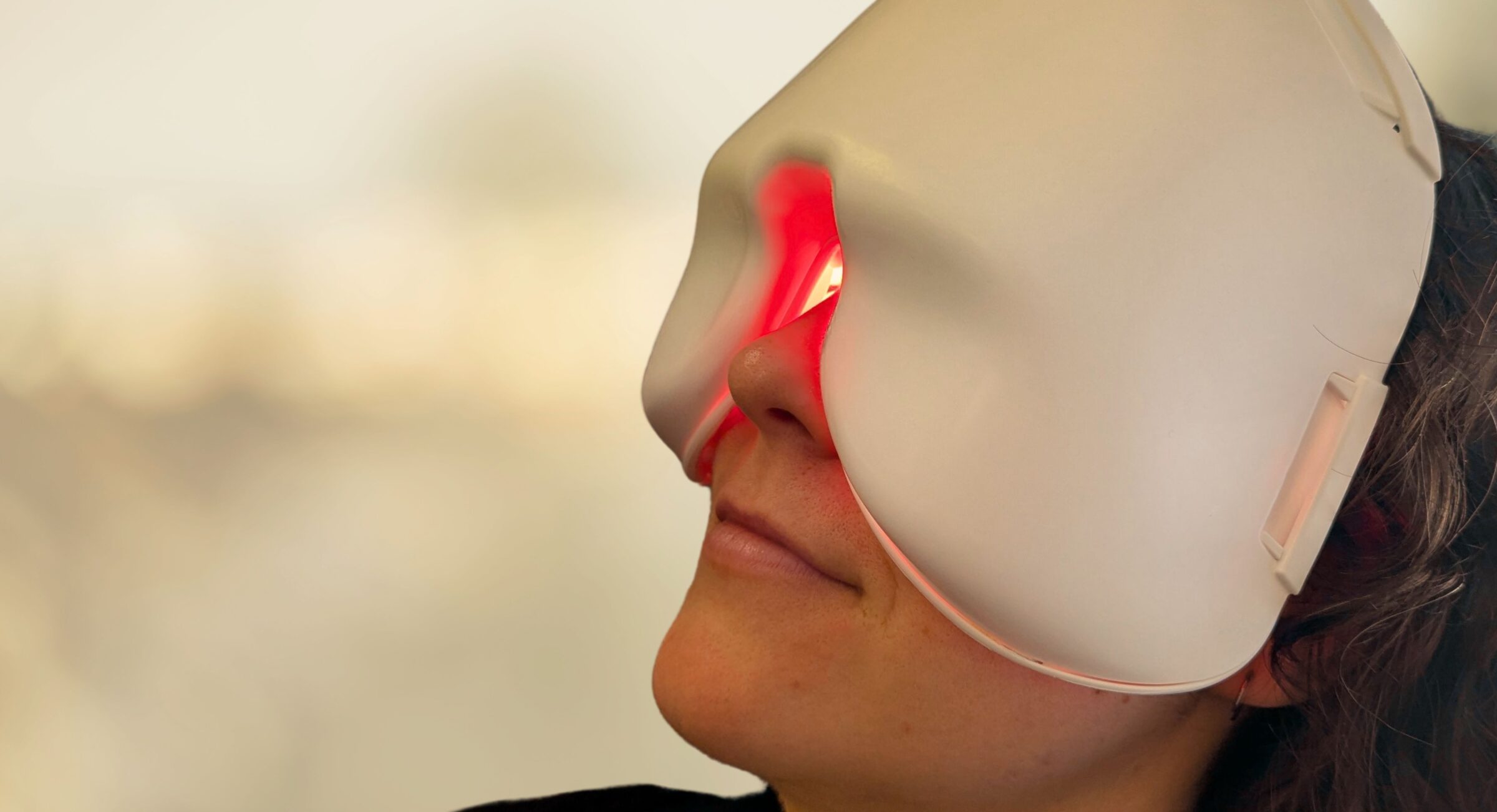
Low-Level Light Therapy for Dry Eyes

Common Medications Used in Laser Eye Surgery

Amblyopia and Laser Eye Surgery
